
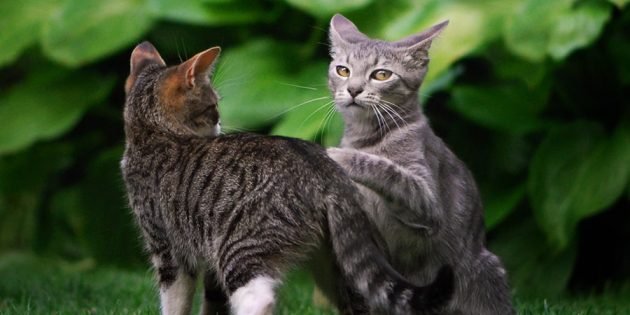
This is the only way to capture an animal in an unusual situation. You never know at what point you will stumble upon a cat of a rare color doing something incredibly funny.
Cats have different character traits and react differently to the same actions, but they are all insanely curious. So this is one way to get the animal to follow you and do what you want.
Tap your fingers, rustle paper or dry leaves, throw a pebble so that the cat is where you need it. After that, just attract his attention with some sound and take a photo.
The probability of getting the cat to do what you need is 50%. So don't be upset if it doesn't work out the first time. Remember: if your model doesn't want to follow you, you can't force her. So just wait.
But again, accept the fact that it may not work out the first time. Accept the fact that cats are not always ready to cooperate with you — this is their nature.
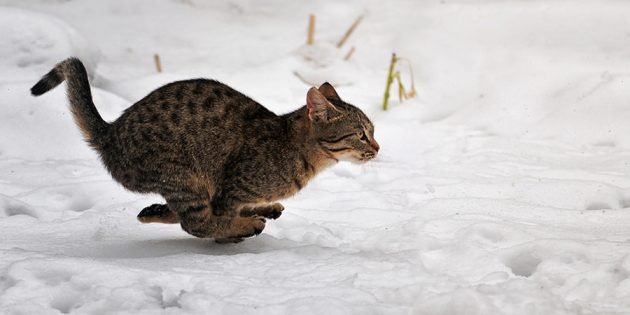
You should initially know what effect you want to achieve. No matter how well you handle the camera, cats are always one step ahead.
If you are photographing an animal in a stationary position, it is better to use manual camera settings. If you shoot a running or jumping cat, then you can switch to automatic mode.
Perfect settings for shooting in motion:
One of the best options to shoot a moving cat is a lens with a focal length of 105 millimeters and an aperture of f/2.8. If the animal lets you close to it, then a 35— or 50-millimeter glass with an aperture of f/1.8 is perfect.
It is best suited for shooting cats climbing trees and playing in the grass. If the sun is low above the horizon, the light will be soft, and there will be no shadows on the muzzle and fur of the animal.
It can easily distract an animal and even scare it. If there is no way without a flash, then use an external one — remove it from the camera or point it up. Do you have a softbox? Excellent. It will help to get rid of unnecessary shadows.
This applies to cases when you want to shoot a cat in motion. Who would like to run and jump on a full stomach?
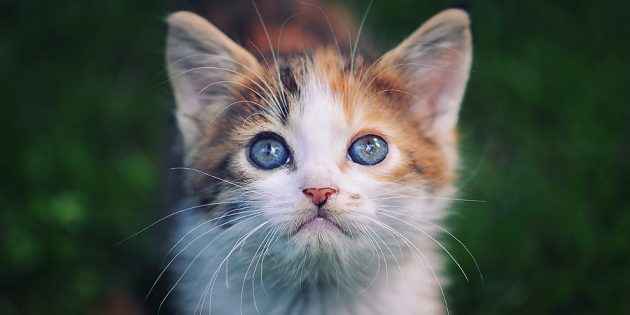
This is the first thing we look at in the photos, so it is very important that they are sharp. If your eyes are caught in the viewfinder, focus on them.
Use the available items so that the picture does not look empty. If you take a cat between the trees or, for example, coming out of his house, it will add depth to the photo.
Take a picture of the animal against the background of small illuminated details — for example, the foliage of a tree — to achieve a blur effect and highlight the main subject.
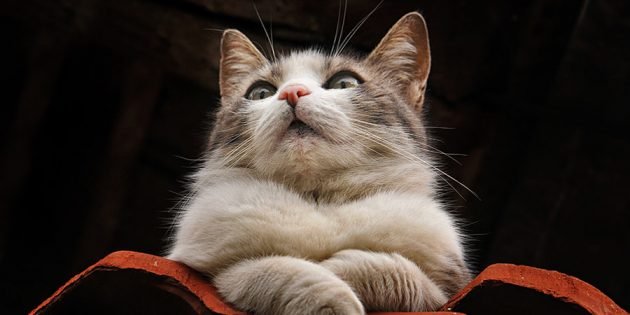
It is important that the cat's fur does not merge with what surrounds it. If, for example, the animal is light, let the background be dark.
Try to show the world around you through the eyes of the person you are filming. If you lower the camera low enough, you can capture the beast in the role of a real hunter who tracks down his prey.
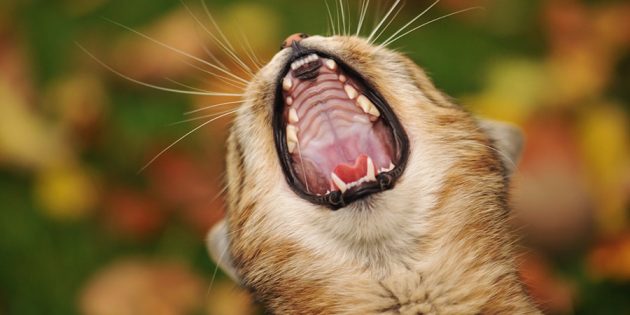
When the cat wakes up, he yawns about 34 times. This is the right moment to take a memorable picture.
Even if it seems that the animal is sleeping soundly and nothing is able to wake it up, it is not so. The slightest noise can ruin everything. If the pet has woken up, it is very unlikely that he will return to that funny position that you liked so much.
If you see a cat or a group of cats playing, do not interfere. Just find the best place to shoot and wait until the right moment comes to press the button.
Try taking photos from different angles so that each next picture is different from the previous one. Be ready to fall into the grass or mud, climb a tree. Give your best to get the desired result.
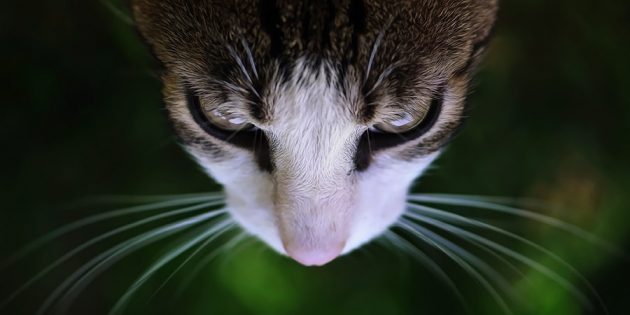
To make the picture memorable to everyone who looks at it, come up with a good name. So a simple image of a cat will immediately turn into a full-fledged story.